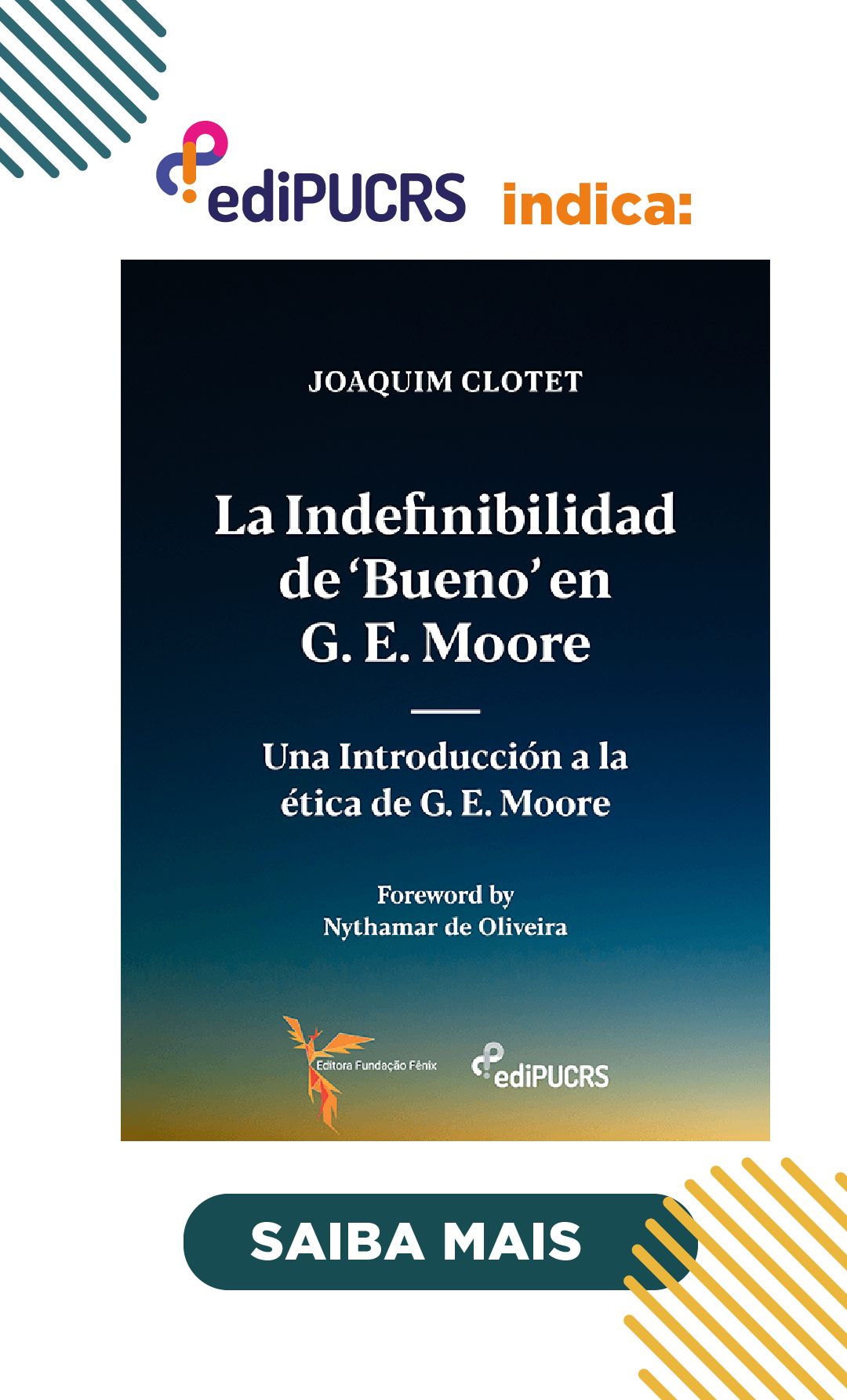Elucidating the Conceivability Argument
DOI:
https://doi.org/10.15448/1984-6746.2021.1.37961Keywords:
Conceivability, Phenomenal consciousness, Two-dimensional semanticsAbstract
It shall be examined how anti-physicalist arguments give rise to the tension between those aspects of our everyday life (with focus on phenomenality) and the thesis of physicalism. The debate over the subjective character of consciousness, or as it is sometimes called: “the hard problem of consciousness” (CHALMERS, 1996), is considered to be the greatest challenge to physicalism. Many philosophers posit this as a matter that cannot be solved, regardless of scientific progress, for it is beyond the scope of what science can find out about the world. If they are correct, the consequence is that the idea of physicalism itself fails. The paper is divided in two parts. For the first part we will deal with Chalmers’ version of the conceivability argument as well as the semantic apparatus of the two-dimensional framework required to make the appropriate link between conceivability and possibility. At the end of this we shall take a look at Kripke’s version of the conceivability argument against physicalism.
Downloads
References
CHALMERS, D. The Conscious Mind. Oxford: Oxford University Press, 1996.
CHALMERS, D. Does conceivability entail possibility? In: GENDLER, T.; HAWTHORNE, J. (ed.). Conceivability and Possibility. Oxford: Oxford University Press, 2002. p. 145-200.
CHALMERS, D. The foundations of two-dimensional semantics: Foundations and applications. In: GARCIA-CARPINTERO, M.; MACIA, J. (ed.). Two-Dimensional Semantics. Oxford: Oxford University Press, 2006.
CHALMERS, D. The Character of Consciousness. Oxford: Oxford University Press, 2010. DOI: https://doi.org/10.1093/acprof:oso/9780195311105.001.0001
KRIPKE, S. Naming and Necessity. Cambridge, Mass.: Harvard University Press, 1980.
LOAR, B. Phenomenal states. Philosophical Perspectives, [S. I.], v. 4, p. 81-108, 1990. DOI: https://doi.org/10.2307/2214188
SCHROETER, L. Two-dimensional semantics. In: ZALTA, E. N. (ed.). The Stanford Encyclopedia of Philosophy. Stanford: Stanford University, 2021. (Spring 2021 Edition). Disponível em: https://plato.stanford.edu/archives/spr2021/entries/two-dimensional-semantics. Acesso em: 10 jul. 2021.
STALNAKER, R. Assertion. In: COLE, P. (ed.). Syntax and Semantics: Pragmatics. New York: Academic Press, 1978.
STALNAKER, R. Content and Context. Oxford University Press, 1999. DOI: https://doi.org/10.1093/0198237073.001.0001
STOLJAR, D. Two conceptions of the physical. Philosophy and Phenomenological, Research, [S. I.], n. 62, p. 253-281, 2001. DOI: https://doi.org/10.1111/j.1933-1592.2001.tb00056.x
STOLJAR, D. Physicalism and phenomenal concepts. Mind and Language, [S. I.], v. 20, n. 5, p. 469-494, 2005. DOI: https://doi.org/10.1111/j.0268-1064.2005.00296.x
Downloads
Published
How to Cite
Issue
Section
License
Copyright (c) 2021 Veritas (Porto Alegre)

This work is licensed under a Creative Commons Attribution 4.0 International License.
Copyright
The submission of originals to Revista Veritas implies the transfer by the authors of the right for publication. Authors retain copyright and grant the journal right of first publication. If the authors wish to include the same data into another publication, they must cite Revista Veritas as the site of original publication.
Creative Commons License
Except where otherwise specified, material published in this journal is licensed under a Creative Commons Attribution 4.0 International license, which allows unrestricted use, distribution and reproduction in any medium, provided the original publication is correctly cited. Copyright: © 2006-2020 EDIPUCRS</p





